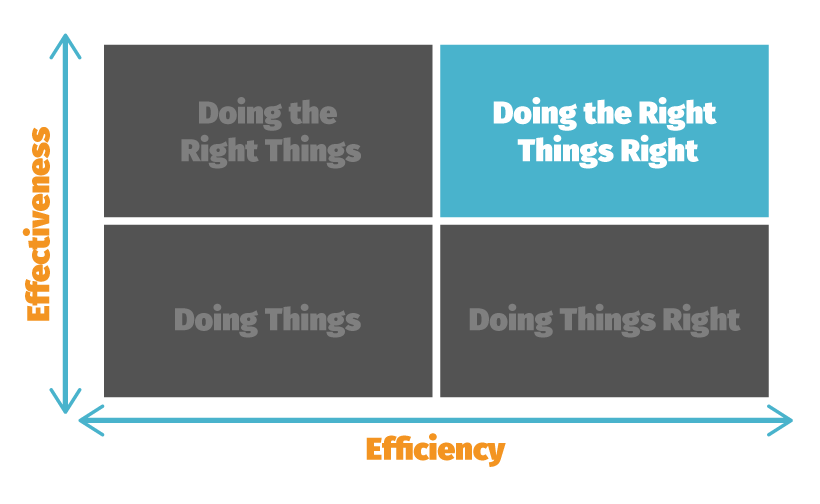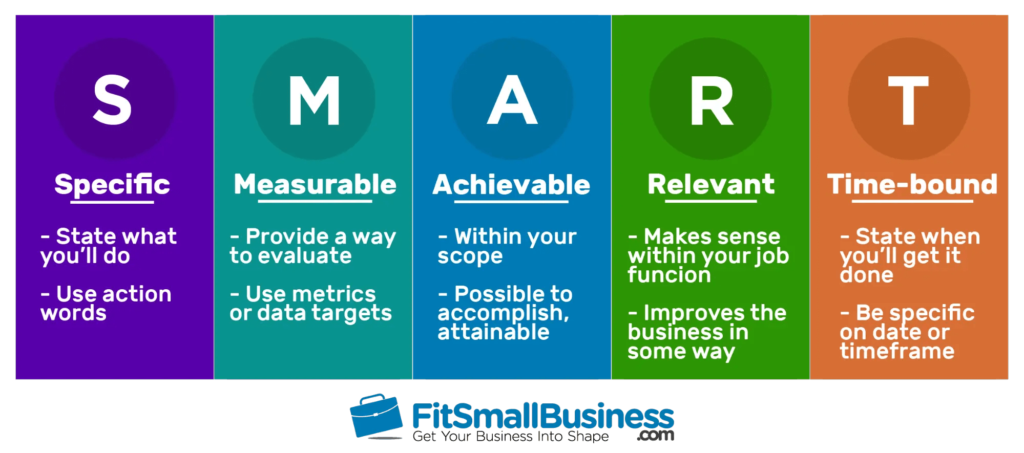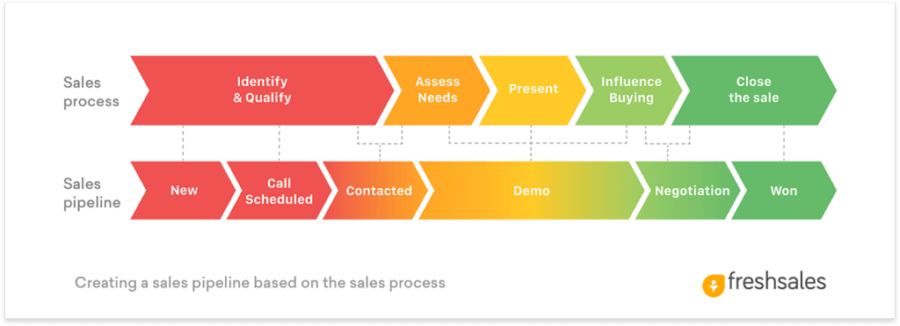There are many learning curves you may come across as a small business owner—like adapting to changes within the industry or knowing when to take the “customer is always right” approach for tricky situations.
Developing a good sales productivity strategy is one of these learning curves. If you’ve not come to grips with it yet, then you’re in the right place.
I’ll tell you everything you need to know about sales productivity strategies in order to drive more sales for your business and ultimately boost the bottom line.
I will delve into my top eight sales productivity drivers, as well as productivity benchmarks, and handy sales tools you’re probably going to need along the way.
Keep reading to learn:
- What does sales productivity look like?
- Why is sales productivity so important?
- How do you know when you’re achieved sales productivity?
- 3 sales productivity tools you’ll need
- The 8 main sales productivity drivers
- 5 sales productivity benchmarks
Up your sales productivity game and close more deals with these free cold outreach scripts. ☎️
What does “sales productivity” look like?
Being productive at work is about optimizing the amount of time you’re putting into something to achieve the best result out of it (nine times out of 10, I’d say this refers to profit). So, what does sales productivity look like, and how is it different?
Well, sales productivity is—you guessed it—exclusive to sales.
While general productivity may apply to broader objectives, such as project management tasks or software development processes, sales productivity’s sole focus is on how to be more productive to drive more sales.
A good sales productivity process is like a well-oiled machine. The main goal is for the sales rep to meet their revenue targets. To do this, I think it’s best to define clear KPIs and optimize the team’s efficiency and effectiveness to achieve them.
Here’s a quick chart that shows the relationship between effectiveness and efficiency.
- Effectiveness: This is all about how you’re using your abilities to drive revenue. Think: “Am I maximizing my available resources to achieve more sales?”
- Efficiency: This refers to use of time. Spend time on worthy activities like call preparation and other tasks that directly impact sales.
Most people—whether you’re a sales manager or sales rep—need a combination of the two in order to achieve sales productivity.
Why is sales productivity important?
Sales productivity is important for growing your business and stimulating growth. With a good sales productivity process in place, you’re giving your business the best chance for development. In fact, 71% of C-level executives say that sales productivity is critical for growth.1
Tracking sales productivity can have a significant positive impact on a business because not only does it show you where you can be more efficient, it also highlights any flaws in the system, which I call “productivity killers.”
Sales inefficiencies
In my opinion, one of the biggest productivity killers is not noticing red flags during the sales process. For example, a lack of cohesiveness among leadership or decision makers. If there’s a lot of arguing going on, if they can’t align and aren’t on the same page on a project, then this can be highly disruptive for your deal.
For me, leadership turnover is a huge red flag. For example, if leadership is high, then it’s more likely that a decision-maker, like the CTO, might quit just as I’m about to get a deal over the finish line. Even if the company hires a new one (eight weeks later), they’d probably have no idea who I am or what’s going on with the project. So I’d have to start the whole sales process over—if I’m lucky.
And sales productivity doesn’t just end when the sale is over either.
The biggest time suck is often post-sales stress. (This will depend on your role and how sophisticated your sales team’s organizational structure is.)
I spend anywhere from two to three hours a day on post-sale madness, such as if the implementation isn’t going well or the customer doesn’t like their advisor or project manager. Sometimes new customers (whose deal I just closed) still reach out about stuff like, “How do I set up this call routing rule?” or other support-related questions that aren’t really “sales” work.
Even though this is additional work, it’s all still important to consider when I’m looking at my sales productivity process—and it’s still important in tracking your overall efficiency and effectiveness.
How do you know when you’ve achieved “sales productivity?”
I wish there was a definitive answer. Truthfully, it depends on your business and your sales goals.
In simple terms, it’ll be when you start ticking off your business objectives in good time.
It’s all about streamlining practices for maximum benefits. So, when you’re minimizing waste and improving effectiveness and efficiency, that’s when you have achieved sales productivity.
Don’t become complacent, though. There is always room for improvement. A good way to see where you’re at, is by following the sales productivity equation. I’ll explain this in the next part.
How do you calculate sales productivity?
Naturally, when I implement new measures, I want to see how effective they are in practice. So, when I begin monitoring sales productivity of the salesforce, there’s an equation that will allow me to see how well the team is doing.
It looks like this:
So, if the sales team made $250,000 in revenue during the last quarter, and we had four reps on the team at the time, the team’s sales productivity calculation would work out to $62,500 per team member.
I can also work out an individual’s revenue with a calculation:
For example, let’s say the sales rep generated $30,000 in revenue during Q4. They work an average of 38 hours a week, on a salary. If there were 13 weeks in Q4, this translates into a total of 494 hours worked. We can then divide their revenue by the total number of hours, which equals $60.72 per hour.
3 sales productivity tools you’ll need
A communication platform
My pick: RingCentral
RingCentral is an absolute must for anyone working in sales who needs to make phone calls, have video meetings, or message their teammates or prospects. Why? Because it lets you do all three of these things in one app:
It lets you communicate in whatever way is most convenient for your prospects and for me, it’s an absolute essential when I’m running sales demos because I can share my screen with the prospect to walk them through how to use the product, and even make annotations on-screen in real time:
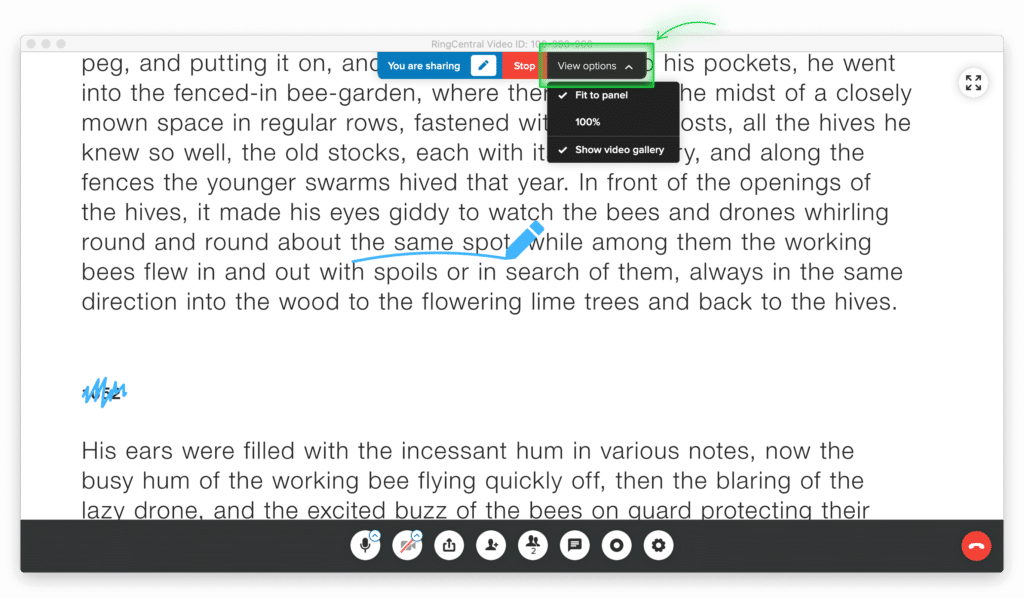
Not only that, the app also lets me flip a call from my computer to my phone without interrupting the conversation (perfect for those days when I have to leave my desk to drop my kids off at practice, but can’t hang up quite yet):
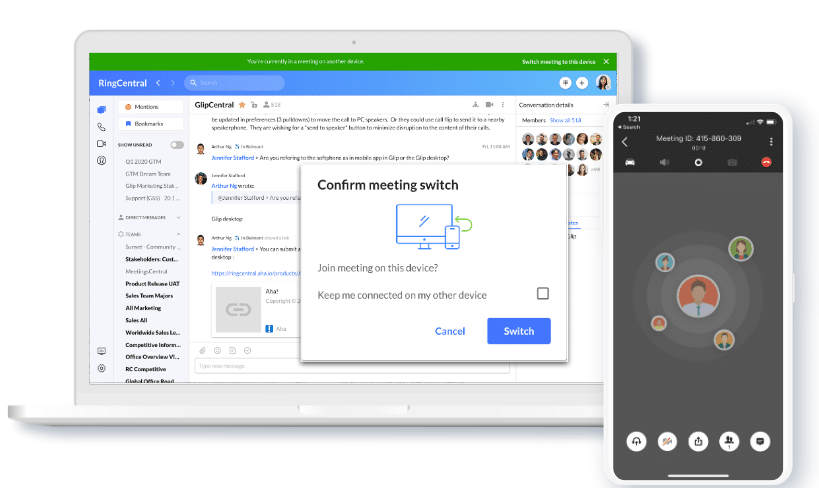
And it lets me switch from a voice call to a video call too in case a client wants to chat face-to-face instead:
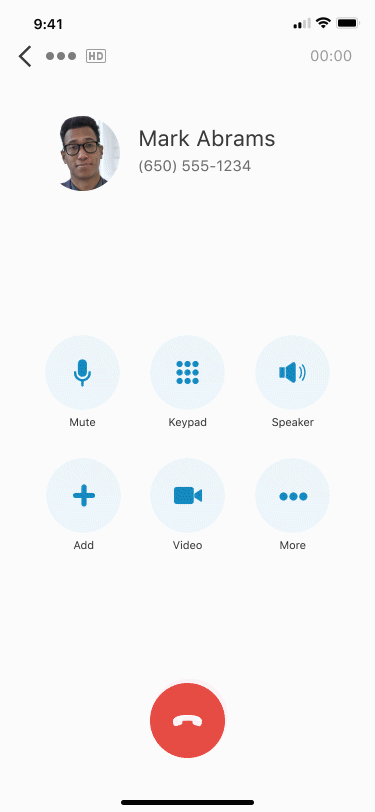
Another bonus is that when I’m using RingCentral, I’m saving lots of time.
If you integrate RingCentral into your CRM (like Salesforce or HubSpot), you can use features like click-to-dial and handy “screen pops,” which is when the customer account automatically pops up on the screen when they call you. (This is super helpful for me because now I’m not wondering “who’s this” and “why are they calling”). This alone easily saves me at least 30 seconds on every call.
Plus all the activity gets logged in the CRM automatically without you having to fill out spreadsheets or sticky notes!
Oh, and RingCentral has an outbound contact center solution too, which is great for sales managers because it allows you to track the team’s sales performance when it comes to sales calls, which is crucial for hitting your numbers consistently and efficiently:
🕹️ Get a hands-on look at how RingCentral helps boost sales productivity by booking a product tour:
💰 You can also use this calculator to see roughly how much your business could save by using RingCentral to support your team’s communication with each other—and clients.
A CRM
My pick: Salesforce
Time kills all deals. That’s why I use tasks in Salesforce religiously to maximize my sales productivity. It’s a cloud CRM platform that’s ideal for small businesses—and it can also be integrated with RingCentral! Using Salesforce with RingCentral gives me the opportunity to manage my work seamlessly.
I use for everything from lead management to actually communicating with all these folks, thanks to the RingCentral integration, of course:
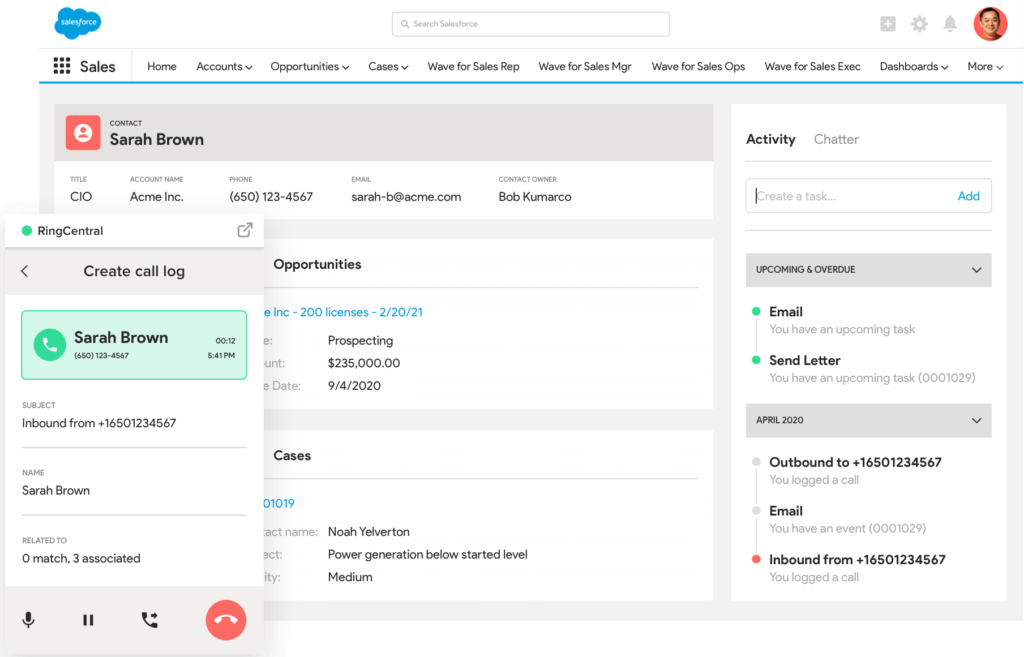
The AI-backed technology lets me automate certain processes in my workflow like call logging, and allows me to find the relevant data I need—quickly—to successfully close a sale. It’s my go-to sales productivity software.
It even helps me with real-time voice transcription, which is super useful if I want to note down the important points on my end of the sales call. I can then use this information to build a relationship with the prospect, reassuring them that I remember every detail of what we last spoke about!
A few other things I can do with Salesforce because we have it integrated with RingCentral:
- Schedule meetings
- See incoming calls with its screen pop feature
- Click-to-call on any phone number and seamlessly dial
- View performance reports
- Log calls offline and use the multi-call logging option
The interface is great, too. It gives me a 360-degree view of the customer’s information, including a rundown of key interactions and reports. It picks out specific patterns and speech behaviors that can be used to evaluate what exactly makes a good sales call, boosting my success rate.
This gives me great flexibility with the way I work and helps to increase my sales productivity by eliminating time-consuming steps. When I can automate tasks in my daily routine, that’s huge for my sales productivity. I can then focus more time and energy on reaching out to more customers and following warm leads. Basically, it helps me sell more, in less time.
A document / contract management tool
My pick: DocuSign
When it comes to productivity, tools for contract management can be hugely beneficial for salespeople. The paper aspect of contracts has always been a huge pain point in sales. You lose documents, things get filed away and forgotten about… That’s where DocuSign comes in. It’s sped up the sales process so much—plus it minimizes our paperwork!
This electronic signature software allows me to email a document for signing quickly and easily. (There are other ones out there too, like HelloSign is another common one.) Whatever tool you use, this is an essential for pretty much any business that regularly requires signed contracts and other agreements:
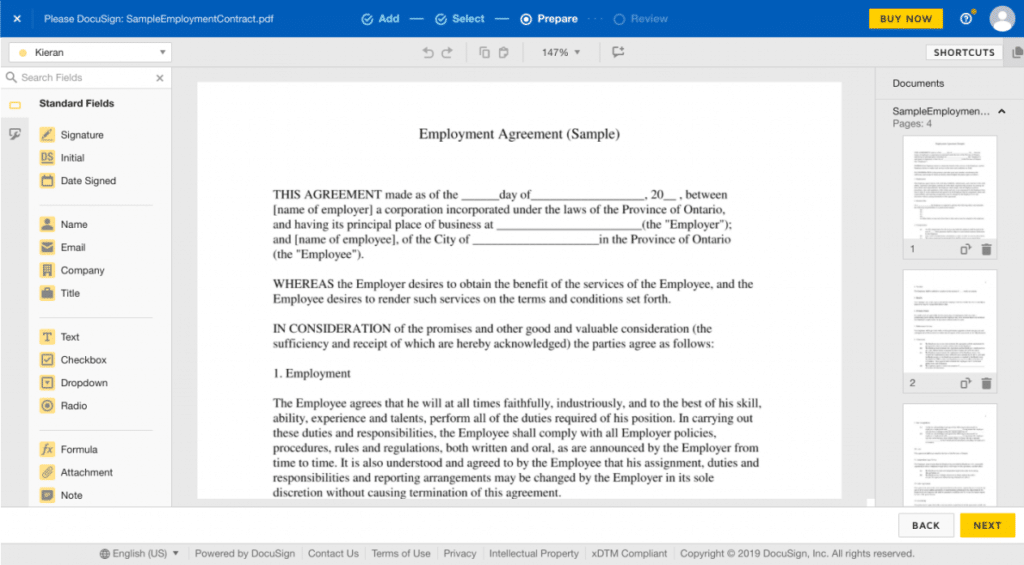
For me, DocuSign is just an easy-to-use, simple eSignature platform that lets me receive signed documents more quickly—and they’re sent in a much more secure way as DocuSign meets global security standards.
Another thing I like about DocuSign compared to other eSignature platforms? It can be integrated with so many other applications, like Salesforce!
The 8 main sales productivity drivers
I want to take a look at the main sales productivity drivers that can seriously increase your sales. There are eight main ways to do this.
Sales enablement techniques
1. Encourage collaboration to increase sales productivity
Collaboration is key. Even when you’re running a small or medium-sized business. Don’t presume that everyone is working together just because you’ve got a smaller team of salespeople.
Sometimes there’s a tendency to take on independent tasks and liaise less with colleagues, particularly when undertaking remote work. So, ensure the team is equipped with all the right productivity tools (I’ll list my favorites later in this post) and encourage team work.
To be able to collaborate effectively with the team, be open to the idea of criticism and feedback. But don’t take it personally. It all needs to be taken into account in order to improve the way the team works together. In the end, this can have a positive impact on sales productivity.
2. Communicate within your sales teams
I can recall countless situations in my working life when communication has been lax in a team. And it’s almost always had a detrimental effect on everyone in the team. In worst case scenarios, it leads to frustration and anger—and can ultimately impact the quality of work.
To increase sales productivity, check in with every one of your sales reps throughout the whole process, from prospecting to pitching to onboarding. At each step, salespeople should be able to communicate with not only the prospect, but also their teammates if they need a little extra help. Again, having a team messaging thread can make this a lot easier, especially if you have a distributed team:
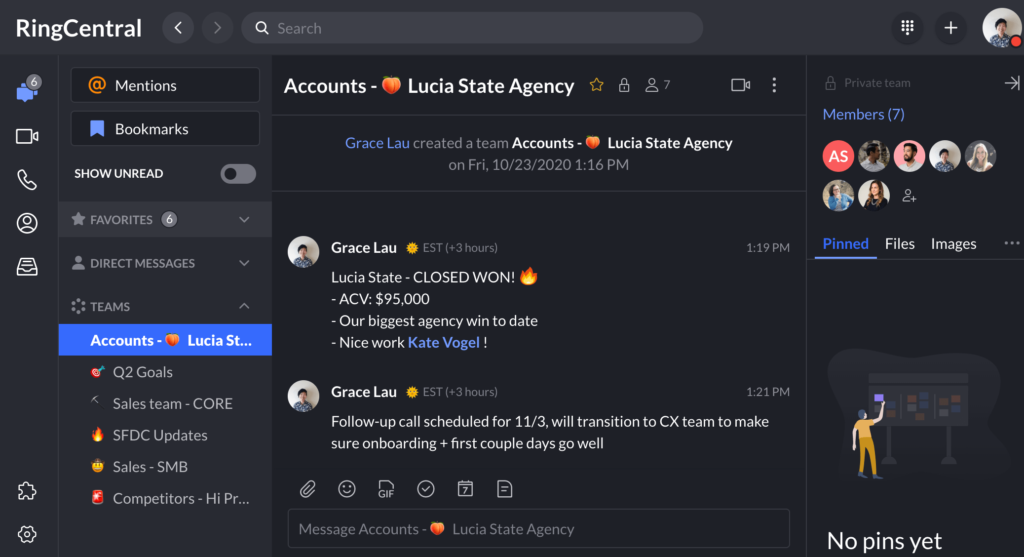
3. Establish a routine in the sales process
One of the best sales productivity strategies to drive more sales is to have a routine. Daily tasks should be written down and then organized from top priority to those lower down the ladder.
For example, conference calls to catch up with my loyal, long-term clients can be placed at the top of the list, because I need to make sure our existing clients are happy, before taking on new ones! I can check in on them throughout the week, but the rest of my time can be spent liaising with new potential clients. A template for my routine may look something like:
- Conference calls first half of the week with top clients
- Cold calls on Monday
- Following warm leads on Tuesday
- Demos on Wednesday
- Calling clients on Thursday
- Networking on Friday
4. Embrace sales tools
A lot of time and effort goes into administrative tasks. So I make sure that I’m using sales tools with the functionality to automate some of the more mundane processes.
CRM platforms are the most-used sales tools. This is because they reduce tasks like data entry, freeing up sales reps. That way, the team can get back to what they do best—chatting to customers, forming relationships, and selling the product/service.
5. Set daily goals
Like many others, I need a little inspiration to start the day. That’s why I create daily goals.
By setting goals, not only are you motivating your team of sales professionals, but you’re also working towards your overall business objectives. SMART2 goals are best, that is:
An example of a SMART goal could be: Win five new clients by the end of the first quarter.
Specific – Win five new clients.
Measurable – To win five new accounts, you need to do, say, 50 pitches, and book 25 meetings.
Achievable – You’re pretty new, and in your first quarter here, you closed three new deals.
Relevant – The number of clients signed up each month directly corresponds to your team’s and company’s bottom line goals.
Time-Bound – Within the start and end of the first quarter, as performance is measured quarterly.
This gives sales reps a great sense of achievement when they reach their goals (without overwhelming them). A win for sales productivity!
6. Use analytics and sales metrics
I can’t emphasize enough the importance of data, particularly when it comes to sales productivity. Use sales analytics and metrics to improve your sales strategies. Determine which metrics are most important, for example, sales cycle length, call rate, and client conversion rate.
Then, track these weekly or monthly to get a better idea of how your team is performing. This is real-time data from your business that should be easily accessible, and it’s invaluable information.
7. Research the leads
Who’s in charge of lead generation—is it you, or your sales reps? Either way, we need to talk about the way you’re making initial contact. Are you or your team members doing research into the lead before reaching out? If not, you should be.
Make this a standard process before approaching a sales quality lead. This will ensure you’re equipped with all the right information. The lead will be impressed by your knowledge and more likely to engage in conversation. You should:
- Learn about the business, who they are, where they’re located, etc.
- Discover their mission statement
- Research their social media platforms
- Find out their pain points—what can you offer them?
Add this crucial step to your sales productivity strategy.
8. Continuously train your sales reps (or ask for training!)
You’re in the driver’s seat. Don’t take your foot off the pedal when it comes to training the team. Whether there are changes in the market or developments in your product or services, your team should be constantly updated with the latest information.
For example, I’ve learned that for me, the best times for outreach are 11 a.m.–noon CST. It seems to be a perfect spot, since it’s around noon on the East Coast and 9 a.m. on the West Coast. As trends change, this could also change. But what’s important is that I constantly keep myself updated with such trends.
Educating your reps is a must. Not only will this keep them updated with the latest technology or new sales techniques, but they can also stay informed of the customer’s changing needs.
5 sales productivity benchmarks
Let’s look into the five sales productivity benchmarks that small businesses should be using.
1. Percentage of team hitting targets
Checking the percentage of team members hitting their targets can tell us a few things. To start, it can tell us which sales reps are putting effort into their accounts. It can also tell us about our sales activity and whether our targets are attainable or not.
If 90% of the team are passing goalposts with ease, it can be a sign you need to ramp up your targets.
2. Conversion rate
This will give you a solid idea of how effective your sales funnel is. Measure the number of leads coming in, and compare it to those that actually convert into sales. There’s an equation I use for this:
For example, let’s say you get 800 leads a month, and on average 80 of those buy your product. That means there’s a 10% conversion rate. If this meets your monthly target, then excellent result! If not, why not? What processes could you do differently to ensure your conversion rate is boosted?
3. Average deal size
For me, average sales size is one of the most important sales productivity benchmarks. That’s because it gives you an idea of how much revenue you’re generating, as well as a starting point to grow it more. It’ll act as your guide as to how many deals you need to close in order to reach your monthly revenue targets. To calculate this, I use this equation:
4. Time spent on each stage of the pipeline to improve sales
I create my sales pipelines based on the sales process. In order to streamline this to perfection (or as close as I can get it), I need to monitor the time spent on each stage of the process:
This will give me an insight into how I can develop sales techniques to improve customer service and move leads or customers from one step to the next.
5. Follow-up success rate
An often missed benchmark is the follow-up success rate. I try to schedule a follow-up call at the end of every sales meeting—that way I’m not chasing people down or just emailing into the ether and crossing my fingers that they’ll call back.
Usually, I have three conversations with prospects:
- Discovery call (scope out the project)
- Demo
- Pricing call (how much it’ll run)—and always ask for the sale
This is the biggest piece that so many reps miss out on: they don’t ask for the sale.
Bonus tip: Embrace automation and technology
Automating manual tasks can streamline the workflow of the team. It’s a bit like putting things on autopilot. I automate various steps within the sales productivity process. Namely, the unproductive, repetitive tasks. For example, using marketing automation to update my CRM automatically can take out data entry steps entirely.
By embracing automation—like RingCentral’s integration with Salesforce—and new technology, we’re opening ourselves up to the possibility of improved sales productivity and innovative sales strategies.
Looking forward, though there are several sales productivity strategies that can drive sales, without embracing automation, you can still fall behind as a small business owner. So, give your sales team the right tools for success, even if that means handing things over to an automated system.
Moving forward with sales productivity in mind
Whether you’re part of a small team or large corporation, sales productivity is key for driving sales in business. By following my eight main productivity sales drivers, you can compare your current practices to what you should be doing. You can then use my productivity benchmarks to measure how well the team is doing.
It’s not easy boosting productivity, but using sales productivity tools and automation will help. Embrace software like Salesforce and RingCentral because this will aid collaboration and streamline work processes.
For me, this has been a key driver in my sales productivity. And, if you’re ever in doubt, consult your sales team! They’re the ones using the sales tools and making the calls, so they’ll be able to tell you if it’s working for them.
1forbes.com/sites/forbesinsights/2015/11/05/how-to-exceed-sales-targets/?sh=6bfa65be3229
2projectsmart.co.uk/smart-goals.php
Originally published Nov 25, 2020, updated Jun 19, 2024


